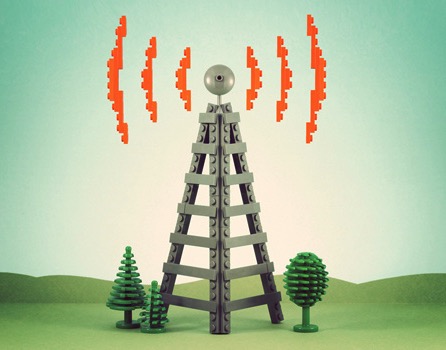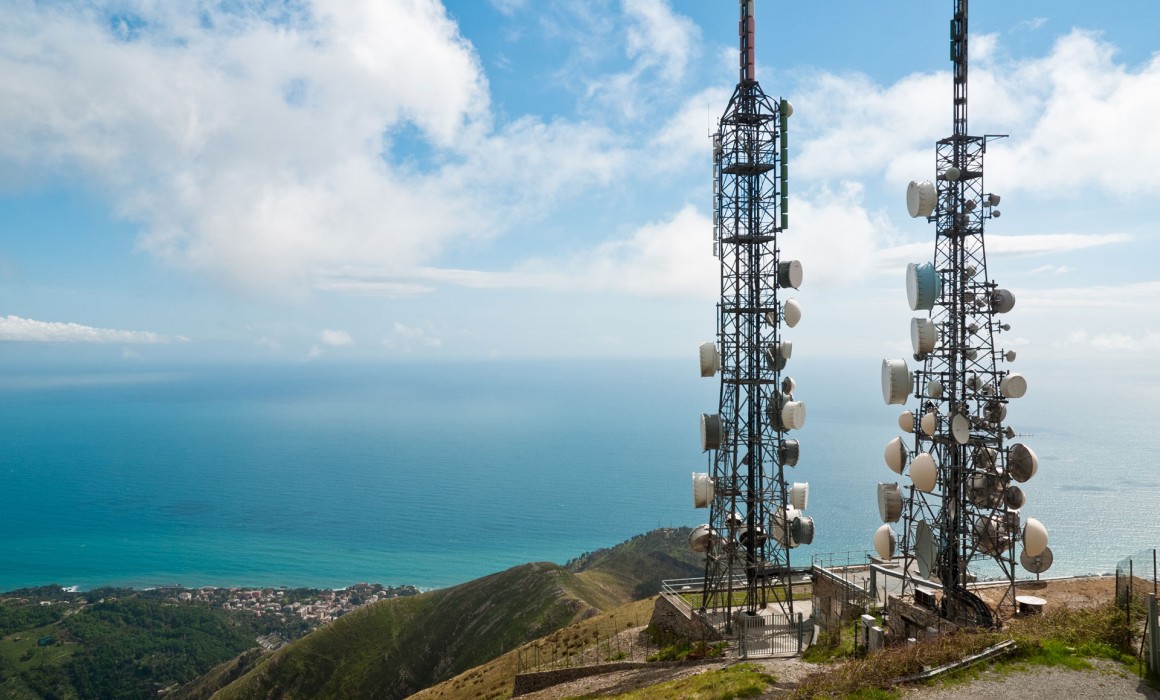2.4 GHz – The Ideal Unlicensed Spectrum for Long-Range IoT Networking (Part I)
 Which frequency is it best to operate in?
Which frequency is it best to operate in?
Good question, but this is not always easy to answer. Choosing where in the radio frequency spectrum to build a new technology has many implications for cost, performance, global availability and more.
Licensed vs. Unlicensed Spectrum
Licensed spectrum is a very valuable and scarce resource. Through auctions, lobbying and various other methods, national governments allocate licenses for a wide range of uses. Because of this, licensed spectrum is a very expensive resource. For cellular communications, it is estimated that 40% of the total cost of building a network is the cost of the spectrum required. The high value of spectrum is a key reason why cellular operators are constantly migrating to newer technologies (also known as sun-setting of obsolete networks or re-farming spectrum). With the constantly increasing demand for bandwidth from smart phones, tablets and streaming video, it is critical that they move to the highest revenue use for this limited, expensive asset.
Unlicensed spectrum provides an alternative, with specific areas set aside for all users who follow a set of rules designed to ensure that many devices can operate in these shared radio frequencies. For wide-area communications, the primary unlicensed bands used are 900 MHz (868 in Europe, 915 in the US) and 2.4 GHz. Technologies that can operate successfully under the rules of these frequency bands can go to market quickly and avoid the huge costs of licensed spectrum – in fact even the cellular industry is beginning to test the unlicensed spectrum (Wi-Fi, call hand-off, LTE-U) to limit their spectrum costs.
 Our patented RPMA (Random Phase Multiple Access) technology has been specifically designed to deliver high-performance in unlicensed spectrum, with key characteristics such as reliable operation even in high interference environments (tolerance for up to 50% packet error rates) and robustness vs. high intensity burst interference.
Our patented RPMA (Random Phase Multiple Access) technology has been specifically designed to deliver high-performance in unlicensed spectrum, with key characteristics such as reliable operation even in high interference environments (tolerance for up to 50% packet error rates) and robustness vs. high intensity burst interference.
(Stay tuned for next week’s continuation of this article!)
Recent Posts
Archives
Current Month
november, 2024
No Events
Tags
2.4 GHz
2.4 GHz Spectrum
2.4GHz Spectrum
2G sunset
Agriculture
asset tracking
battery life
capacity
Cities
congestion management
coverage
digital oilfield
environmental monitoring
Events
Glossary
Hardware Integration
How RPMA Works
IoT
ISM Band
LoRa
LPWA
LTE-M
Machine Network
Network Longevity
precision agriculture
PRMA vs Competition
rpma
RPMA Technology
RPMA vs Competition
security
sigfox
smart city
smart grid
Software Integration
Solution Partners
Unlicensed Spectrum
value


 Which frequency is it best to operate in?
Which frequency is it best to operate in?

